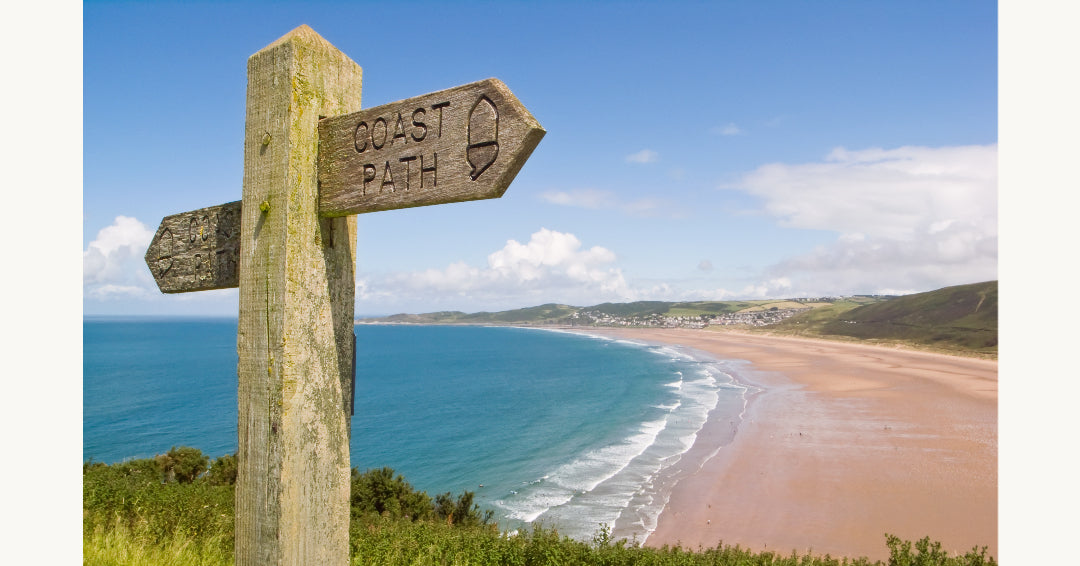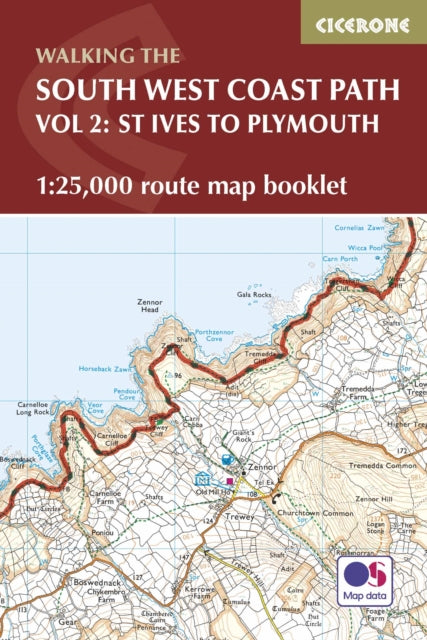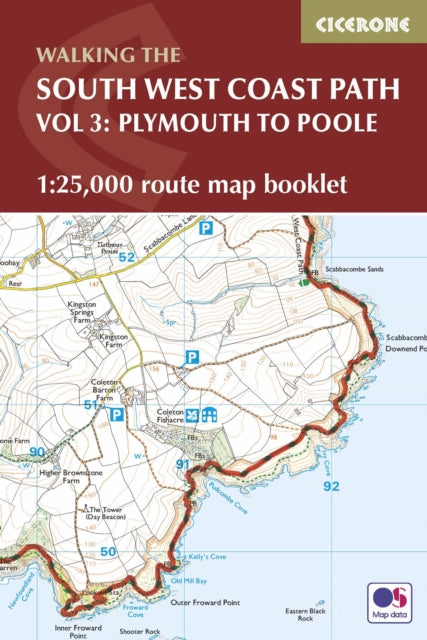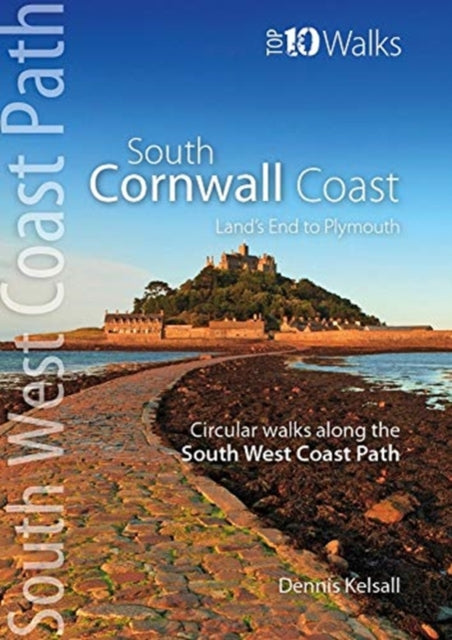The South West Coast Path is one of the most iconic hiking routes in England, stretching 630 miles along the coastline of the South West region. But the path that we know today has a rich and fascinating history that spans back centuries.
The origins of the South West Coast Path can be traced back to the 1800s, when a number of coastal towns and villages began to develop their own walking routes in an attempt to attract tourists. These routes were often poorly marked and maintained, and it wasn't until the 1950s that a more coordinated approach to coastal walking was developed.
In 1952, the National Parks and Access to the Countryside Act was passed, which created the framework for the establishment of national parks and long-distance walking routes in England and Wales. It was around this time that the idea for a continuous coastal path along the South West region began to take shape.
The first section of the South West Coast Path was officially opened in 1978, and over the years, additional sections were added as landowners and local authorities worked together to create a continuous route. Today, the path is managed by the South West Coast Path Association, a charity that works to maintain and improve the route for walkers and other visitors.
But the history of the South West Coast Path goes back much further than the 20th century. The rugged coastline of the South West region has a long and storied past, with evidence of human habitation dating back to the prehistoric era.
Throughout the centuries, the coastline was an important trade route, with ships carrying goods such as tin, wool, and fish from ports along the coast to destinations both in England and abroad. The coastal towns and villages that we know today were once bustling centres of trade and industry, and the path winds its way past many reminders of this rich maritime history.
One of the most notable landmarks along the path is the iconic Lizard Lighthouse, which has been guiding ships along the coastline since 1752. The lighthouse was originally built in response to the numerous shipwrecks that occurred along this treacherous stretch of coastline, and it remains an important navigational aid to this day.
Another important landmark along the path is Tintagel Castle, which is said to be the birthplace of King Arthur. The castle was built in the 13th century on the site of an earlier fortress, and it remains a popular tourist destination to this day.
Throughout the centuries, the coastline of the South West region has also been the site of numerous battles and conflicts. During the English Civil War, for example, the port of Plymouth was a key strategic location, and the town was heavily fortified in an attempt to repel attacks by both Royalist and Parliamentary forces.
The path itself also has a rich history of its own. Many of the sections of the path that we know today were originally created as smugglers' paths, used by smugglers to transport contraband goods such as tobacco, brandy, and tea from the coast to inland markets.
In the 19th century, the path became increasingly popular with tourists, who were drawn to the area's stunning scenery and rugged coastline. Many of the coastal towns and villages began to develop their own walking routes, and it wasn't long before the idea of a continuous coastal path began to take shape.
Today, the South West Coast Path is one of the most popular hiking routes in England, attracting thousands of visitors each year. The path offers a unique opportunity to explore the stunning scenery and rich history of the South West region, and it remains an important part of the area's cultural heritage.
As the path continues to evolve and grow, it will undoubtedly continue to play an important role in the region's history and culture, offering a unique insight into the rich and fascinating past of this beautiful part of England.
Join us as we walk the beautiful South West Coastal Path accompanied by excellent maps, intriguing memoirs and a huge range of insider guides along one of the most beautiful coastlines in the world.






